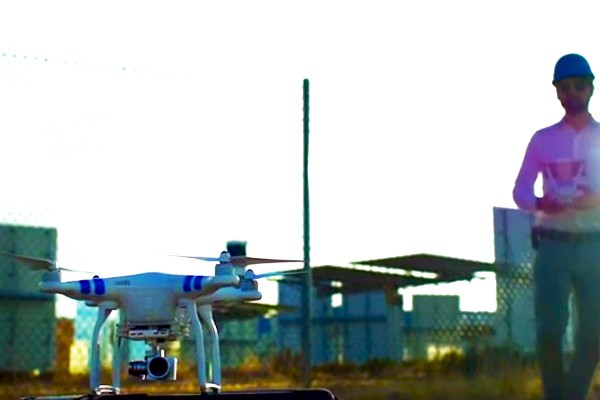Chinese drone developer SZ DJI Technology Co. Ltd. leads the U.S. commercial market, as American firms favor the drone maker's lightweight and affordable flying drones for several uses from filmmaking to mapping to aerial site inspections.
Out of 129 companies with regulatory approval to use unmanned aircraft, 61 are using DJI drones. Federal records show that more than half of the 695 companies still awaiting approval have applied to use DJI drones.
Shenzen-based DJI, whose popular product Phantom 2 Vision+ drone that sells for $1,200 in the U.S., gave an estimate that it has already conquered 70 percent of the world's commercial market.
Experts state that DJI drones would likely drive the U.S. commercial market in the near future, as the powerful machine continuously meets ever-rising demand for uses such as real estates' aerial photography and film production.
DJI was founded by Chinese entrepreneur Frank Wang in 2006. The company generated almost $500 million in revenue in 2014, a big leap from prior year's $130 million.
The company is targeting more than it expects to exceed $1 billion in sales this 2015 and is currently talking to new investors to create fresh capital. Inside information reveals DJI's value at $10 billion.
Currently, only the FAA policy restricting commercial drone flight to line-of-sight operations at altitudes of 500 feet (152 meters) or less is what is limiting the market for more sophisticated unmanned aerial vehicles (UAVs) or drones. This policy is what is keeping Internet giants such as Amazon.com and Google, Inc. from developing intelligent and sophisticated drones capable of delivering packages all over the world.
Philip Finnegan, director of corporate analysis of Teal Group, said that "those limitations effectively rule out larger UAVs, which are not going to be cost-effective with that sort of restriction."
Finnegan added: "It's really going to drive things toward the low end of the market."
Teal Group forecast that the market for commercial drone will hit a staggering sales of $5.4 billion in 2023.



























